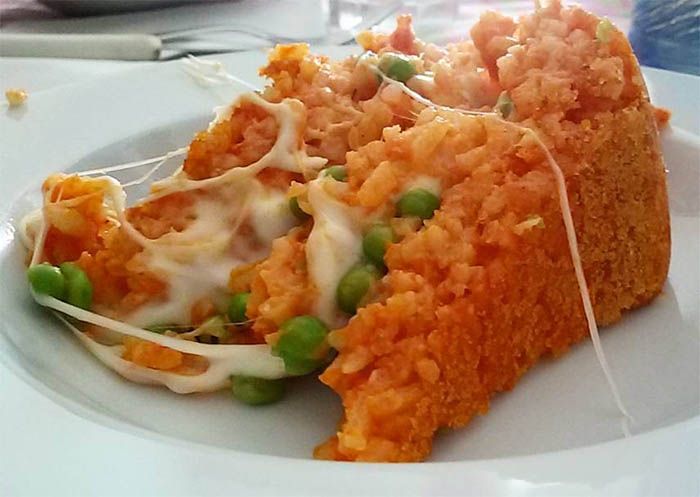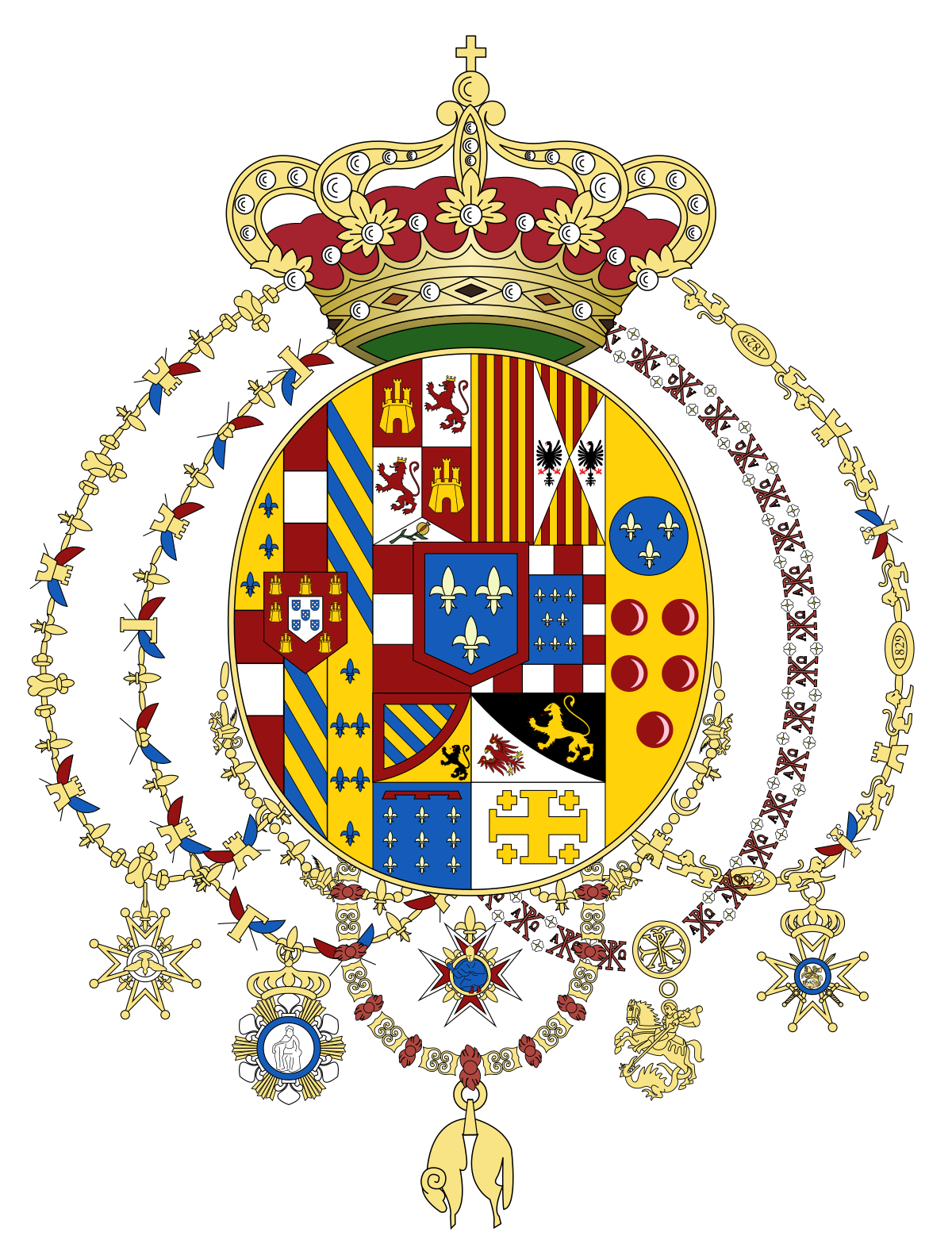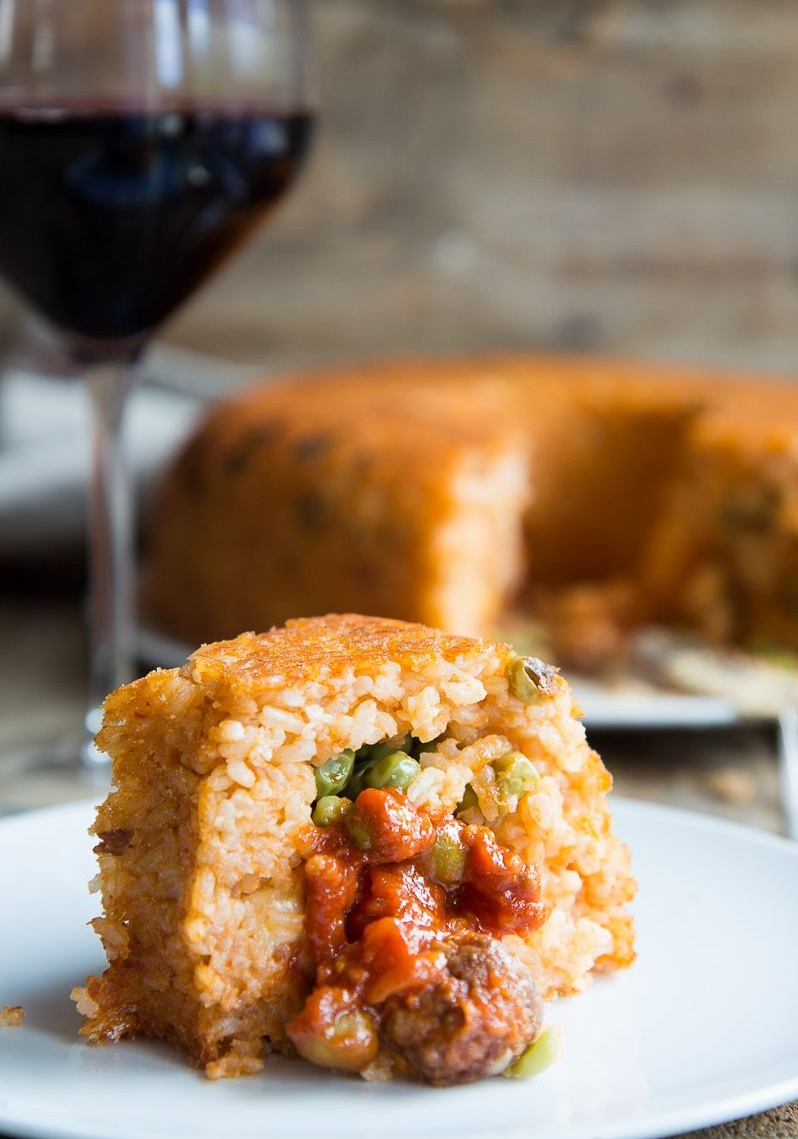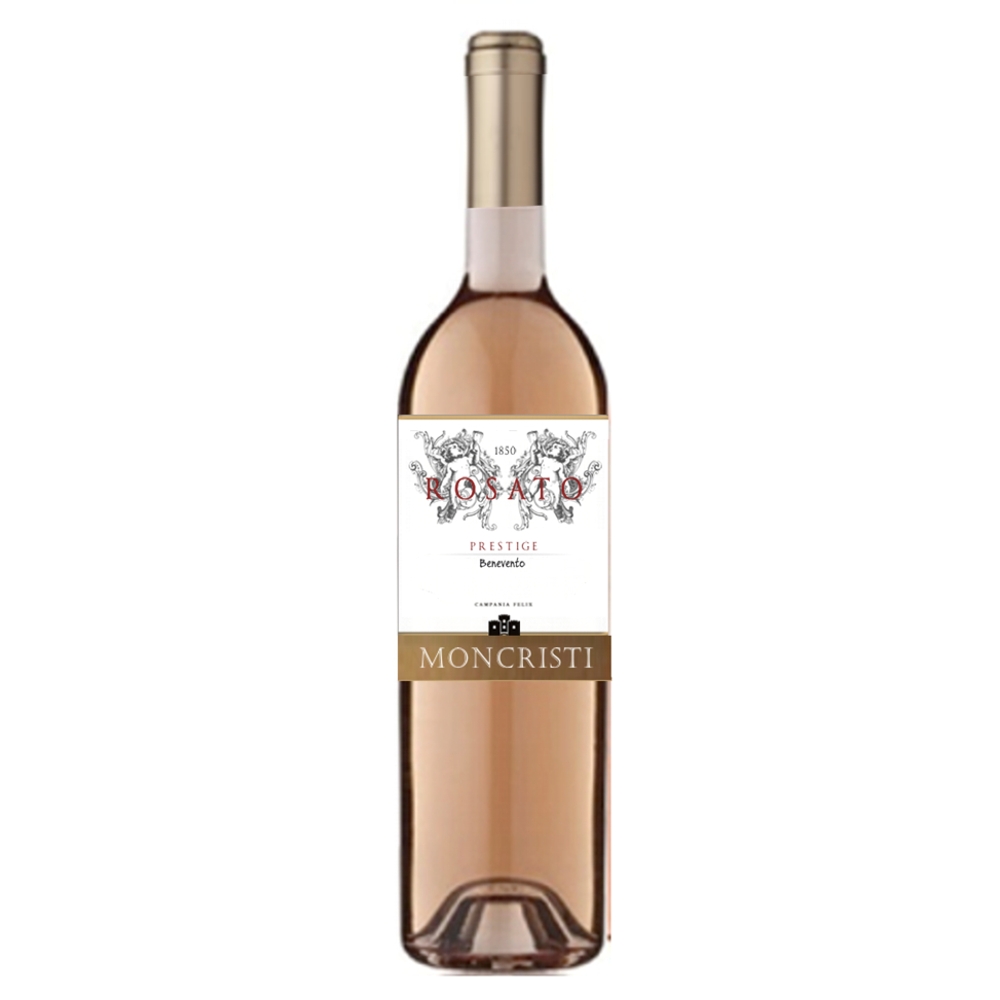A delicious typical Neapolitan dish born for his majesty the king of Naples
Sartù Rice

Ferdinand I of Bourbon king of Naples
INGREDIENTS:
- 500 g of rice
- 150 g of mozzarella or mozzarella
- 200 g of peas
- 2 hard-boiled eggs
- 125 g of eggs
- Sale q.b.
Ingredients for the Neapolitan ragù:
- 320 g of pork ribs
- 700 g of white beef steak
- 340 g of sausage
- 300 g of golden onions
- 60 g of extra virgin olive oil
- 700 g of tomato sauce
- 70 g of red wine
- 300 g of water
Ingredients for the meatballs:
- 200 g of ground beef
- 30 g of grated Parmesan cheese
- 1 teaspoon of chopped parsley
- 75 g of bread (stale crumb)
- salt up to taste.
- peanut oil to taste.
- 1 egg p
- black pepper to taste.
Ingredients for garnish:
- breadcrumbs to taste.
- donkey q.b
PROCEDURE:
To prepare the Neapolitan ragù: In a pan, fry a chopped onion together with all the pieces of meat over low heat for a few minutes, blending with the wine. When the alcohol has completely evaporated, pour in the tomato puree, water and a pinch of salt; let it cook over low heat for at least 4 ore, adding water when needed. When cooked, set the pieces of meat aside.
For the preparation of meatballs: llet the bread crumbs soak in cold water for about ten minutes; pour the minced meat into a bowl together with the lightly beaten egg, with parmesan and well squeezed crumb. Add salt, pepper and chopped parsley. Knead until a homogeneous mixture is obtained; take approx 4 g of dough and shape with your hands to obtain small spheres. Heat some oil in a pan, cook the meatballs for approx 3 minutes; once ready, drain on absorbent paper.
To compose the rice Sartù: iimmerse the eggs in cold water and put the saucepan on the stove. Cook the eggs for 9 minutes from the moment of boiling. school, pass under hot water, peel the eggs and slice them thinly with the knife. Resume the Neapolitan ragù by placing the pan on the flame again. To add 200 g of water and cook the rice over medium-low heat: the rice must completely absorb the sauce. Allow the rice to cool in a bowl; beat the eggs in a bowl with salt, pepper and grated cheese; mix everything, pour over the rice and continue mixing. Butter a mold from 20 cm in diameter and 12 cm high, and pass the breadcrumbs. Pour some of the mixture and mash with the back of a spoon so as to create a coating of about 1 cm thick. Cut the sausages into slices and cut the mozzarella into cubes. In the center of the sartù lay a first layer of eggs and mozzarella, add the peas, meatballs and sausages, and continue like this adding other mozzarella layers, peas and meatballs. Coat the last layer with sliced eggs and the remaining rice kept aside. Cover everything with breadcrumbs and flakes of butter. Cook the sartù in a preheated hot oven a 180 degrees for 1 Now. Leave to cool for about ten minutes, take out and serve on plates ... Enjoy your meal!

HISTORY
The rice sartù born from a deception: history and recipe of the typical Neapolitan dish
Rice timbale stuffed with peas, hard-boiled eggs, provolone or fior di latte, mushrooms, meatballs and sausages. This is the Sartù Rice, one of the most elaborate and tasty dishes of the typical Neapolitan cuisine. The word "Tailor" derives from a distortion by the Neapolitan dialect of the term "get out all” (literally "cover everything”) which indicates a special "overcoat or cloak": in this case it refers to the breadcrumbs that, like a cloak, precisely, covers the timbale of rice. Its origins date back to 1700, precisely to the period in which he reigned in Naples Ferdinand I of Bourbon, king of the Two Sicilies, also called King Lazzarone. The rice arrived for the first time in the Neapolitan city at the end of the 14th century, from Spain, in the holds of the ships of the Aragonesi. But unfortunately it was not very successful. At court it was defined "flushing”, that is, poor food, unpleasant. It was mainly used as a medicine: Salerno doctors prescribed it blank in case of intestinal or gastric diseases (in that period there were epidemics, such as cholera). So it was imported from the South to Northern Italy, where it began to be cultivated.
When Ferdinand I groom Maria Carolina d’Austria, by the queen's will, who did not like Neapolitan cuisine, the most refined French cooks arrived at the court: i Monsù (from French “Monsieur“), called to Naples "Morzu”.

Royal coat of arms of the Bourbons
These cooks, aware of the fact that the Neapolitans had a real aversion to rice, they decided to make it tastier, adding ’to pummarola, peas, hard-boiled eggs, milk cream, meatballs and sausages: all ingredients that were then placed inside a rice timbale covered with a mantle of breadcrumbs. It was a real one real camouflage to confuse the flavor of the rice. The dish was very much appreciated by the King Ferdinand I, by the nobles and the poor, soon becoming one of the most loved dishes by Neapolitans. Today there are two versions: one white and one red. But also the internal ingredients can vary according to taste.
The wines to match:
- Prestige rosé:
Recipe taken from: www.napolitoday.it


